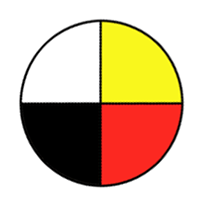Investigate the properties and applications of solutions, including solubility and concentration.
SI, DM
| (a) |
Provide examples of solid, liquid, and gaseous solutions and identify which substance is the solute and which is the solvent in each solution. |
| (b) |
Describe the characteristics of solutions using the terms solute, solvent, soluble, and insoluble, based on the particle model of matter. |
| (c) |
Create and describe the concentration of student-prepared dilute, concentrated, saturated, and supersaturated solutions using those qualitative terms and quantitative measurements (e.g., parts per million [ppm], g/L, and g/100 mL). |
| (d) |
Value accuracy, precision, and honesty when collecting and reporting data related to concentrations of solutions. |
| (e) |
Investigate the factors that determine how quickly a solute dissolves in a solvent. |
| (f) |
Gather and interpret information from various resources (e.g., nutrition labels on foods, newspaper or magazine articles) related to solutions and concentrations of solutions. |
| (g) |
Design and implement an experiment to investigate the effect of temperature on the solubility of a solution. |
| (h) |
Predict the solubility of a solute by interpolating or extrapolating from student-generated solubility curves. |
| (i) |
Analyze the effects of technological inventions or processes related to solutions (e.g., water softeners, water treatment plants, solution mining, agricultural sprays, insecticides, bleaches, and drain cleaners) on self, community, and the environment. |
| (j) |
Research how various science disciplines and engineering fields study and apply scientific knowledge related to solutions. |






